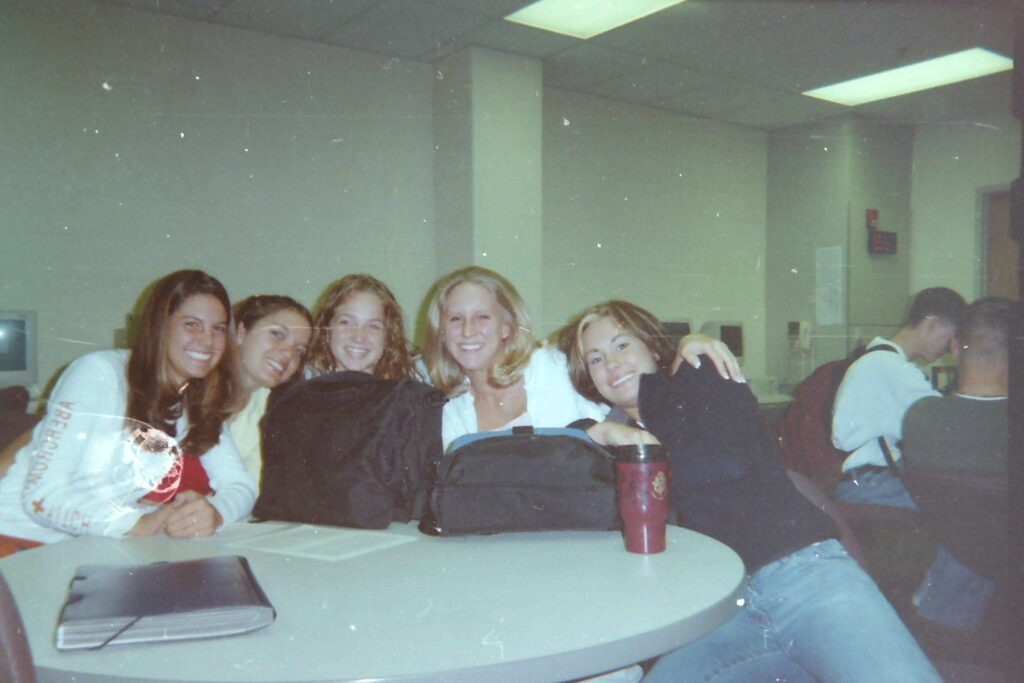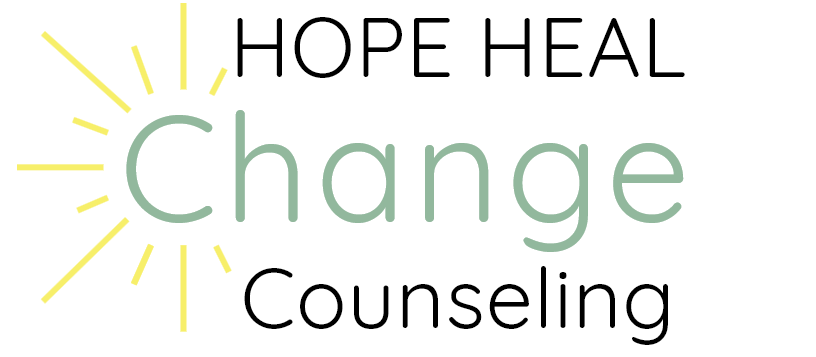The young generation has it tough in a variety of ways. While I could spend the next 5,000 words explaining why, I’ll temper my explanation down to a small vent session. Then, I’ll provide some brief details on how we are helping teens and preteens at our practice before finally giving some communication tips and tricks for home.
Helping Teens Then…
It’s 1998. It’s not going well with your girlfriend. After school, the two of you meet by the bleachers and you make a really hard decision — “It’s not you, it’s me.” You break up, you cry, your parents hopefully rub your back that night and tell you it’s going to be okay. You dodge school for a day telling your mom that you have a horrible headache in the morning and maybe she lets you stay home or maybe you grew up in one of those households where you were going to school unless the spiritual leader was reading your last rites. Eventually, you face the awkwardness of having to still be in math class together. Perhaps some gossip spreads through the chatter-boxes at your high school.


Helping Teens Now…
Fast forward to 2024. A break-up entails endless social media gossip. One must be sure to block the ex on all platforms, then unblock them to see if they’ve said anything and finally re-block them again. Everyone knows, everyone wonders and everyone has the ability to ask questions at any moment if they desire. Perhaps your ex has sensitive text messages, photos or videos of you. Perhaps your ex has kept digital receipts of that time you tried a beer at the homecoming after party. You google, “how to get over a break-up” and suggestions pour in from TikTok, Youtube and Reddit. Confusion, anger, tears, embarrassment all set in. A lot of the same feelings in 1998 but on steroids and persistence like none other. Wondering if they’ll text back or blackmail you. All of this with no tools on how to sooth.
Am I getting my point across?
This is just one example of how I believe being a teen in 2024 is excruciatingly more painful than when many of us were going through our teenage years. If you still don’t believe me, let’s quickly explore the inundation of political messages, causes, etc. I had a 17 year old client tell me once, “I just wish I could do more for the world. There’s all this suffering and I feel like everything I’m doing in my life doesn’t mean anything. I want to help and give back.” No doubt, a noble cause. I played Devil’s advocate and challenged them by asking what it would look like to just focus on being 17 today… right now.
But here’s the thing, being involved in political and social-political issues is the norm for 17 year olds in 2024. Personally, I didn’t have to worry so much about world conflicts simply because there wasn’t nearly as much access to information. And the information that I did have wasn’t questioned like it is today. Whether it was true or not, I believed it… because why wouldn’t I back then? Now, we pull out our phones and are met with notifications about the latest story regarding Israel, or Russia, or how many people died in the latest Hurricane, or… pick your poison. It’s not that these things aren’t important—It’s just that I’m not sure a 17 year old’s brain is ready to handle those sorts of things at that volume and rate.
The message about helping teens is there, but…
For a variety of reasons, we are seeing more and more kids struggle with mental health battles like: depression, anxiety, trauma, obsessive thinking, serotonin depletion, panic attacks, Attention deficit Disorder, etc. Luckily, there is more messaging in our schools and communities that normalizes getting professional help. However, it usually stops there. Sadly, mental health isn’t widely discussed in our schools—at least not in how to navigate and treat these ailments. And these ailments are very real, very cruel and can lead to horrific outcomes if not properly treated. Moreover, finding professional services can be difficult as demand is very high. This can lead to kids being put on medication without any form of talking through the presenting concerns. And while medication can be very helpful, it doesn’t address roots of problem—it merely subdues symptoms of the root.
Actually helping…
So, how do we provide treatment and what approach do we take to help our kids? Well, it depends on a case-to case-basis. Every kid is different so that requires adjustments on how to go about treating; however, we do have a general philosophy to our approach. At Hope Heal Change Counseling we focus on feelings over behaviors—roots over symptoms. Our job isn’t to punish behaviors but to understand them by investigating what’s leading to the behaviors in the first place. Punching a hole in the wall can be seen as an anger problem. I’d argue that it starts with a hurting problem and that’s where I start.
By exploring the “feelings realm”, we can understand and empathize with our young clients. More importantly, we can help the client build a healthier relationship with themselves by challenging them to use positive self-talk so that they, themselves can better understand and empathize. If a child punches a wall, they themselves might think they are “crazy” or “angry”. But once they can understand themselves a little better, they can leverage empathy and awareness to get to places of self-love, grace and forgiveness. Behind every behavior is a feeling.
A foundation of self-love
Even more, when the foundation of self-love is in place and the young client is no longer trapped in self-hate, they have a better opportunity to learn how to express themselves in a more healthy and open way. Therapists can help facilitate this growth and we often see kids go from tense, anxious, depressed and stressed to calm, jovial and happy.
This process isn’t something that happens overnight. Investing in your kid’s mental health is… well.. just that—an investment. We take that investment very seriously. We encourage our parents to be patient and give their child the time they deserve to figure all of this out. We’ve witnessed extraordinary outcomes in the best of ways. If you’re dealing with your child who is having a hard time, below are a couple of basic communication techniques to help communicate as smoothly and calmly as possible.
I wish all of our children and parents the best of luck in 2024. This is just but a blurb or our passion for helping our young population. Please feel free to reach out if you have any questions or comments.
Tips & Techniques for Helping Teens
S.E.T
Technique
Support statement
Empathy Statement
Truth Statement
Example: I’m so sorry you’re going through this difficult time with friends (S). I can feel and sense just how much pain this is causing you and of course it would because you have to be at school for the majority of your day and deal with these people (E). And at the same time, I’m wondering if we can brainstorm a way where you’re not feeling like you have to skip school (T).
Example: I know a lot of kids your age are smoking and drinking so it makes sense why you would try (S). It seems like it’s so hard to be 16 right now. So many chances to make a mistake or know what to do and when to do it (E). I’m just worried that using drugs and alcohol are an unhealthy way to cope.
Presenting your Dilemma
This is where you allow the person you’re speaking with a glimpse into your inner conflict about what’s going on. Think of it as an invitation to a conversation.
Example: I have a dilemma. On one hand there is something that I’ve been sitting with and want you to talk about and on the other hand, I’m scared that if I bring it up, I’ll push you away. I’m not sure what to do.
Example: I have a dilemma. On one hand, I want to be empathic and understanding of why you felt the need to hide this from me and on the other hand I feel like I need to confront you on this. I’m really torn… can we talk about it.
Soft Start ups
A soft-start-up is a formula for assertive communication. The key is to use “I” statements and to avoid the word “you” (which is much harder to do than it seems). Here is the formula:
“I feel _______________ because/about/when ____________________________ and I need ______________.”
Examples:
I feel hurt because I don’t like being yelled at and I need some space.
I feel sad about not spending more time together and I need to know where we’re at.
